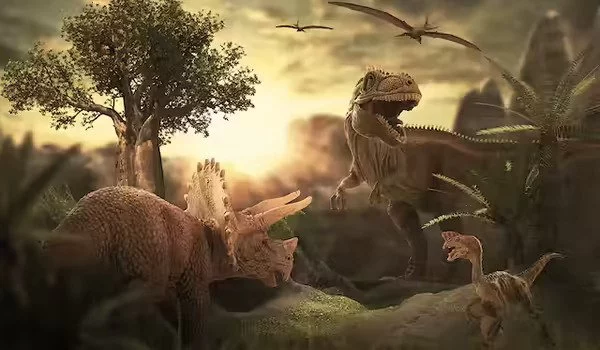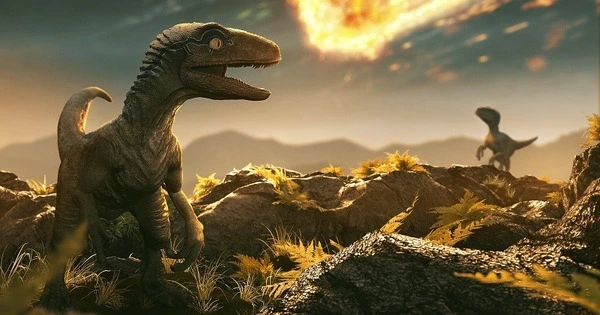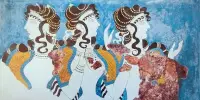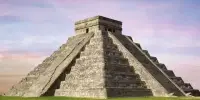Paleontologists have long been fascinated by the dinosaurs’ demise. Their extinction was a tumultuous end to the reign of these once-dominant beasts after a fiery meteorite pummeled Earth 66 million years ago, as volcanoes erupted and global temperatures rose and fell. According to an analysis of over 1,000 fossilized eggshells discovered in central China, dinosaurs were already on their way out millions of years before the fated meteorite hit.
Dinosaurs ruled the world until 66 million years ago, when a deadly asteroid struck the planet, causing their extinction. New research into dinosaur ecosystems – the habitats and food types that sustained their existence – suggests that their environments were robust and thriving right up until that fateful day at the end of the Cretaceous period.
The findings provide the strongest evidence yet that the dinosaurs were killed in their prime and were not in decline at the time the asteroid struck. Scientists have long debated why non-bird dinosaurs such as Tyrannosaurus rex and Triceratops became extinct while mammals and other species such as turtles and crocodiles survived.
The study, led by an international team of palaeontologists and ecologists, analyzed 1,600 fossil records from North America. Researchers modelled the food chains and ecological habitats of land-living and freshwater animals during the last several million years of the Cretaceous, and the first few million years of the Paleogene period, after the asteroid hit.
Our findings paint a vivid picture of the ecological structure, food webs, and niches of the Cretaceous period’s final dinosaur-dominated ecosystems and the first mammal-dominated ecosystems after the asteroid strike.
Jorge Garca-Girón
Paleontologists have known for some time that many small mammals lived alongside the dinosaurs. But this research reveals that these mammals were diversifying their diets, adapting to their environments, and becoming more important components of ecosystems as the Cretaceous unfolded. Meanwhile, the dinosaurs were entrenched in stable niches to which they were supremely well adapted.
Mammals didn’t just take advantage of the dinosaurs dying, experts say. They were creating their own advantages through diversifying – by occupying new ecological niches, evolving more varied diets and behaviours and enduring small shifts in climate, by rapidly adapting. These behaviors probably helped them to survive, as they were better able than the dinosaurs to cope with the radical and abrupt destruction caused by the asteroid.

According to the first author, Jorge Garca-Girón of the Geography Research Unit at the University of Oulu in Finland and the Department of Biodiversity and Environmental Management at the University of León in Spain:
“Our findings paint a vivid picture of the ecological structure, food webs, and niches of the Cretaceous period’s final dinosaur-dominated ecosystems and the first mammal-dominated ecosystems after the asteroid strike. This explains one of palaeontology’s long-standing mysteries: why all non-bird dinosaurs died but birds and mammals survived.”
Alfio Alessandro Chiarenza, Department of Ecology and Animal Biology, University of Vigo, Spain, and co-lead author, stated: “It appears that the last dinosaurs’ stable ecology actually hampered their survival in the aftermath of the asteroid impact, which abruptly changed the ecological rules of the time. Some birds, mammals, crocodilians, and turtles, on the other hand, had previously been better adapted to unstable and rapid changes in their environments, which may have made them better able to survive when the asteroid hit.”
Professor Steve Brusatte, Senior Author and Personal Chair of Palaeontology and Evolution at the University of Edinburgh’s School of GeoSciences, stated: “Dinosaurs were doing well, with stable ecosystems, until an asteroid wiped them out. While dinosaurs were still alive, mammals were diversifying their diets, ecologies, and behaviors. So it wasn’t just that mammals took advantage of the dinosaurs dying, but they were also creating their own advantages, which ecologically pre-adapted them to survive the extinction and fill the gaps left by the dinosaurs’ demise.”















